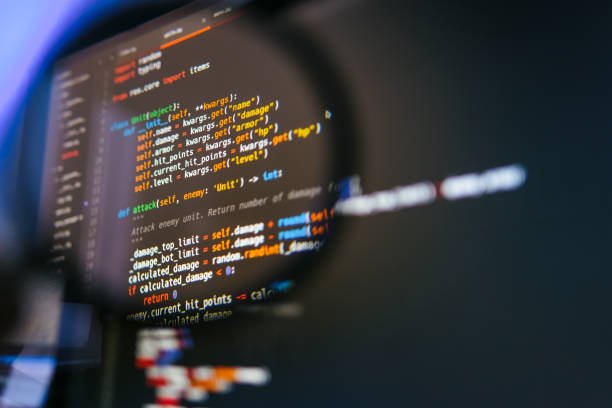When it comes to the IT industry, there are a number of debates, regarding various gadgets, operating systems, applications and so on. There is also one lesser-known debate, which takes place quite often in specific IT circles. This is the debate between SAS Programming and R Programming, two of the most popular and highly preferred tools in the data analytics industry.
The field of data analytics deals with great amounts of data in the virtual space, which is generated by companies, across different fields. While both of these data analytics tools, perform very similar functions, one very essential distinction between them is, that R Programming is an open source software, whereas SAS is a paid, licensed software. As there is a huge demand for highly skilled professionals in the field of data analytics, a lot of institutes have begun to offer courses in R and SAS training.
While R is an open sourced software, which means that it can easily be downloaded. This easy access is what has made it so popular in the data analytics field. While it is true that R can do everything that SAS can do, which is the opening argument of a lot of R users; it is also important to note that softwares like SPSS can also do what both R and SAS can do. While SAS Programming is a paid licensed product, R is free and this why it is believed to better than any other data analytics tool. This may be true in some aspects, where R users get to experience all the new and updated techniques whereas it takes a while for SAS Programming to assimilate them.
Think of it as a windows versus linux argument, where although Linux does everything similar to Microsoft, yet does not really have that much credibility in terms of the official usage. When R users opt for SAS training, they get to learn the not only the oldest tool in the market, but also a software that has been used as a default software in many companies for the past three decades now.
SAS Programming training will equip a professional to cover almost all the areas of statistical analysis and techniques. The fact that it is a licensed product, users can be sure that all the new additional changes are thoroughly tested by the support center.
R users getting trained in SAS would be able to handle large databases without any glitches like memory errors or becoming unresponsive. SAS is designed as a data manipulation language, which means that it can run intuitively and is very easy to learn, this would be a fresh change from the fact that R is more difficult to learn.
Although there are a lot of reasons why one would prefer R, mainly because it is free, can be updated, and has a huge community where one can find out problems, but it cannot be SAS.
This programming language is already a default software in a lot of companies, most of them do not even use it for analytics purposes. SAS provides a great support base, guarantee and is best tool to us in the long run. Hence it becomes a necessity for R users to try and master the skills of SAS programming.

